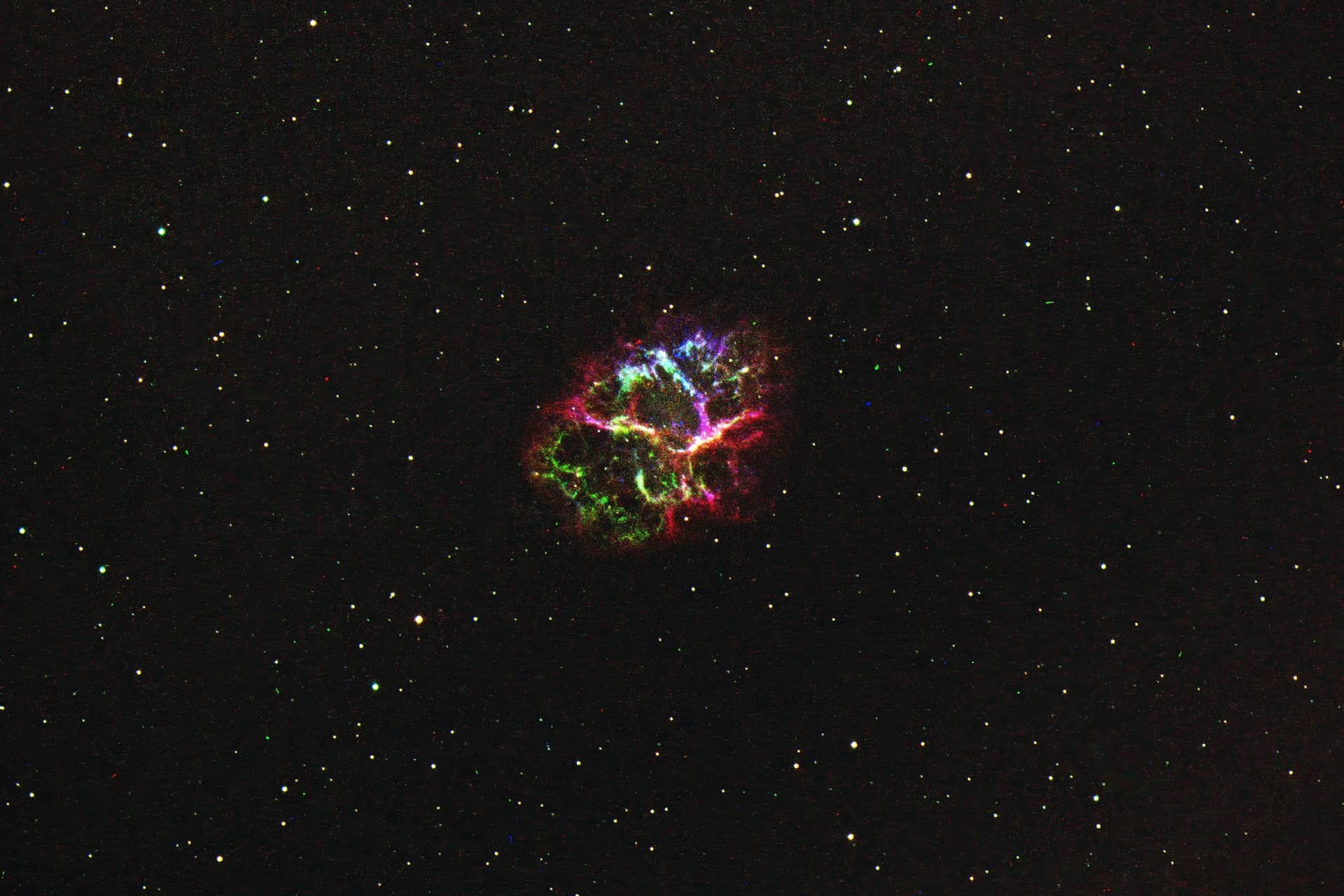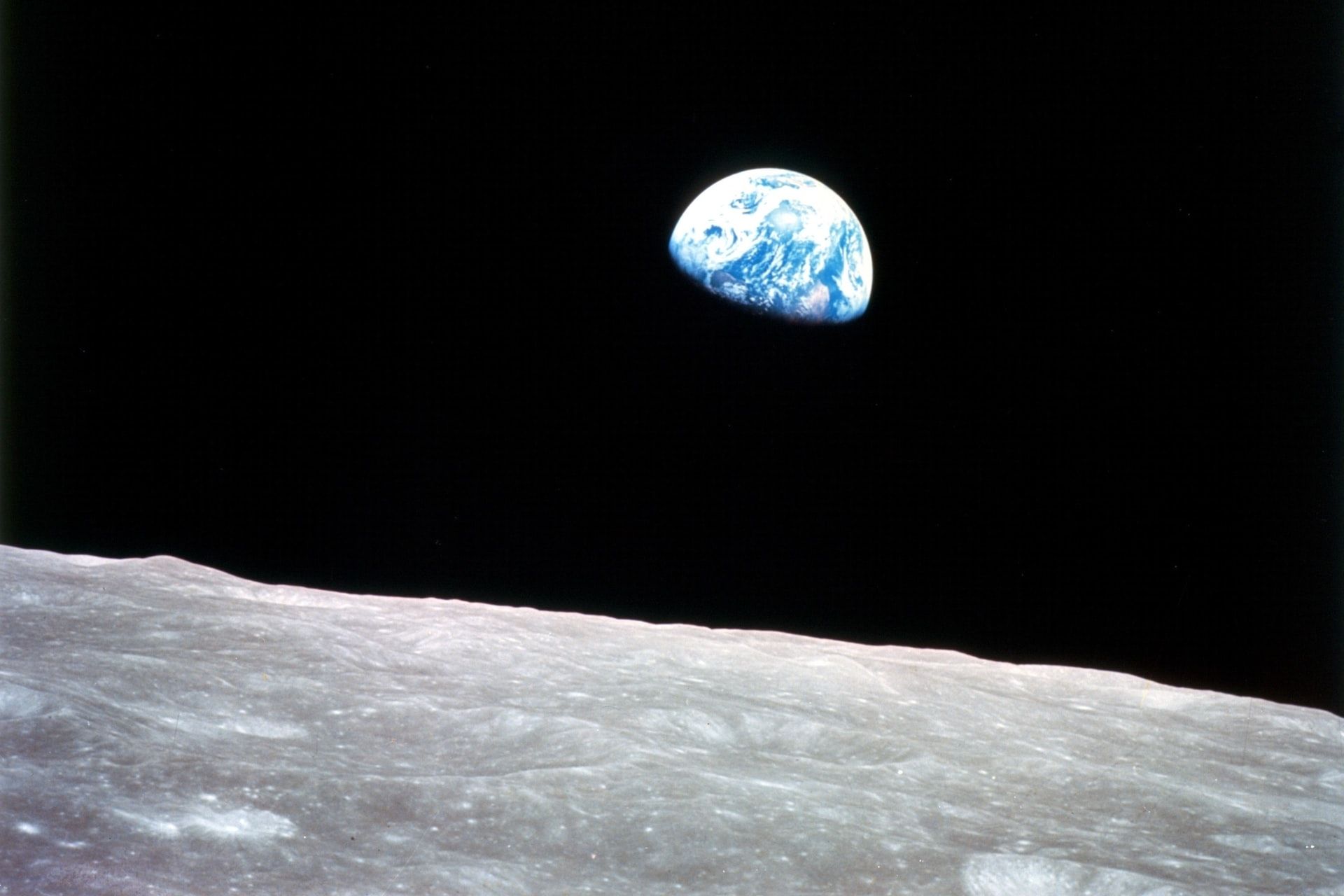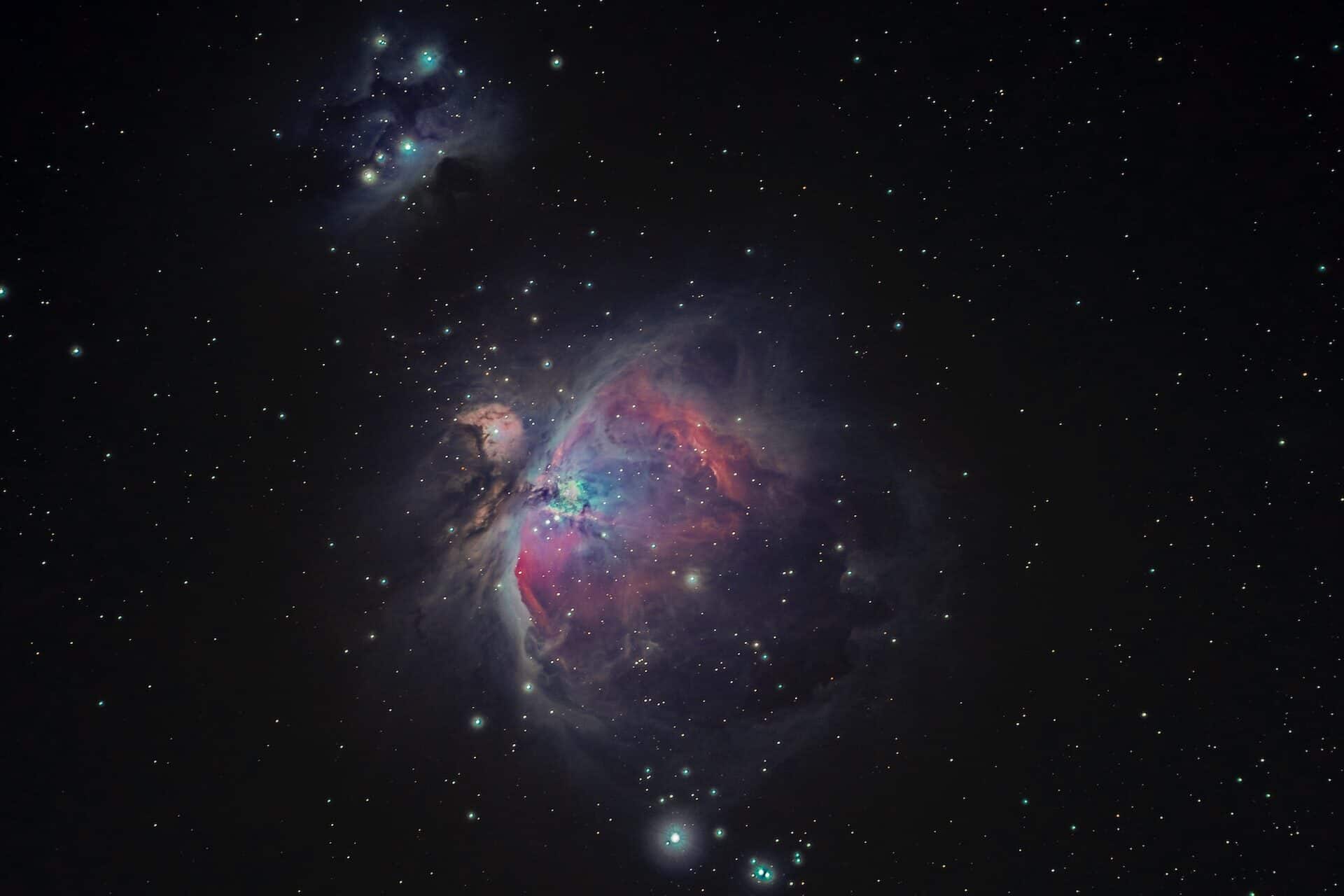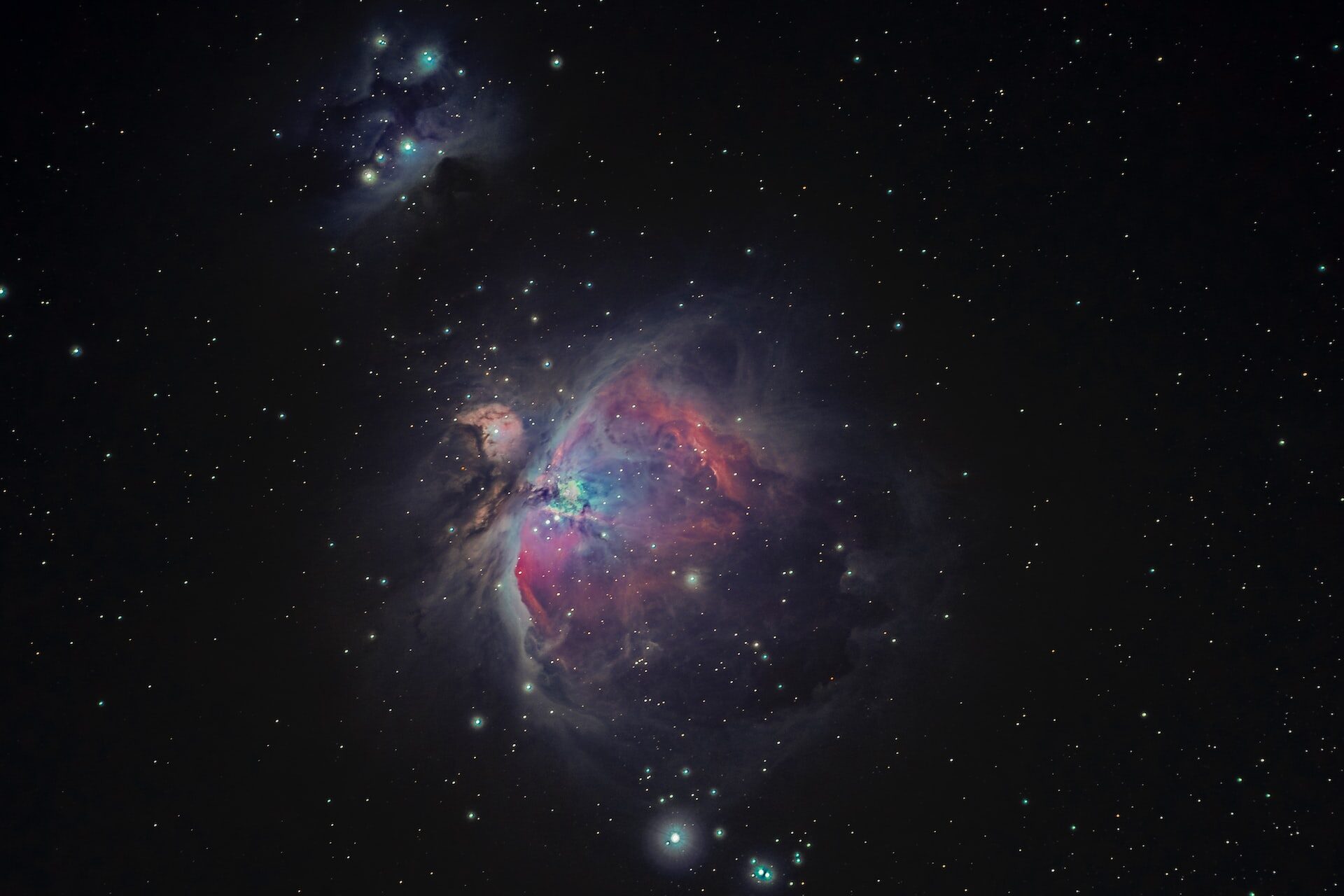
After the Flash: Exploring a Supernova Remnant
September 14, 2022 - Emily Newton
Revolutionized is reader-supported. When you buy through links on our site, we may earn an affiliate commision. Learn more here.
A star’s life cycle can end one of two ways — with a bang or a whimper. Low-mass stars like our sun will expand into a red giant, consuming near-orbiting planets before shedding their outer layers and eventually becoming a white dwarf. High-mass stars can explode, becoming a supernova, before collapsing into a neutron star or black hole. What’s left after that bright flash in the night sky? Let’s explore a supernova remnant and see what might be left over after a massive star dies.
Types of Supernova Remnants
Supernova remnants come in three different types, depending on how powerful the explosion is and what remains leftover once the nova fades.
Shell-Type Supernova Remnants
Shell-type supernova remnants maintain a shell of shocked material outside the core that emits most of the remnant’s radiation. To an observer, this shell looks like a bright ring. The most well-known example of a shell-type supernova remnant is Cassiopeia A, in the constellation that shares its name. The ring and its accompanying cloud continue to expand and are now approximately ten light-years across.
Crab-Type Supernova Remnants
Crab-type supernova remnants contain a pulsar at their core, a spinning neutron star that releases multiple energetic flashes as it turns. These shells constantly expand instead of remaining in a static ring around the pulsar. The Crab Nebula is one of the most famous examples of a crab-type supernova remnant.
Mixed-Morphology Supernova Remnants
Sometimes celestial wires get a little crossed, where supernova remnants can include both a radio shell and a pulsar wind nebula. They’re primarily identified by thermal x-rays formed from collected interstellar material rather than the remnants of the core supernova.
Bonus: Hypernova Remnants
While not typically considered a supernova, hypernovas or collapsar are often what await massive stars 30 times larger than our sun. These stars often collapse into a rotating black hole marked by a pair of energetic jets emerging from its center. This black hole is usually visible because of its accretion disk.
Stages of A Supernova Remnant
What happens between the death of a star and the formation of a supernova remnant nebula? A supernova remnant moves through five stages, taking hundreds or thousands of years to move from one stage to the next.
First is the free expansion stage, where the mass ejected from the supernova travels out into the universe. It will keep moving outward until it collects its weight in the interstellar medium. This stage can take up to a few hundred years, depending on the concentration of interstellar medium in the surrounding area.
Next begins the Adiabatic or Sedov-Taylor phase, where several instabilities arise as the ejecta mixes with the interstellar medium. Over time, this works to build and reinforce the magnetic field inside the remnant shell. This stage can take anywhere from 10,000 to 20,000 years.
Stages three and four are cooling phases. First, the shell cools. As it does, it shrinks to less than a parsec in thickness, creating an ultra-dense exterior. At this point, the shell’s interior is still registering a few million kelvins.
As the shell continues to expand, the core can start to cool. Stage four happens when the core drops to below 20,000 Kelvin. This cooling allows free-floating electrons to recombine, forming heavy elements vital for the evolution of galaxies surrounding the remnant.
Finally, toward the end of its expansion, the nebula will merge with the surrounding interstellar medium.
A Source of Cosmic Rays?
Astronomers describe galactic cosmic rays as “a collection of high-energy protons and atomic nuclei that move through space at nearly the speed of light.” They can originate from living stars as well as supernovae. The massive explosion that indicates a supernova is also considered a significant source of these galactic cosmic rays. Victor Hess first spotted cosmic rays in 1912, a discovery that later earned him the Nobel Prize in Physics.
In 1949, Enrico Fermi created a model to track the acceleration of cosmic rays as they collide with interstellar mediums, later known as the Second Order Fermi Mechanism. During this process, head-on particle collisions increase the energy contained within each particle. The more collisions a particle experiences, the more energy it collects, dubbed the First Order Fermi Mechanism.
A supernova remnant releases enough energetic shock fronts to supercharge these particles, creating ultra-high energy cosmic rays.
It is important to note that while Fermi’s hypotheses are widely accepted within the scientific community, they have yet to be confirmed. We understand these concepts in theory, but there is so much about the known universe that we’re still learning.
Painting a Clearer Picture with JWST
The first supernova visible to the naked eye in the modern age happened in 1987, burning for months brighter than 100 million suns. SN 1987A gave astronomers a unique opportunity to study a supernova as it happened, though the dying star itself was roughly 167,000 light years away from Earth. The star in question was Sanduleak -69 202, a blue supergiant approximately 20 times larger than our sun. Once the initial burst of light faded, scientists were left wondering what happened to SN1987A. Did it shrink into a neutron star or collapse into a black hole?
The James Webb Space Telescope, launched at the end of 2021, will hopefully give us a closer look at this section of space. Astronomers hope to use JWST to examine what’s left, as the blast wave has likely already overtaken the shell of material that the star ejected before its catastrophic death.
Scientists believe SN 1987A left behind a neutron star, but they’ve been hunting for it for 35 years. Hopefully, JWST can help them paint a clearer picture of what that massive blue supergiant left behind.
Looking Back to Look Forward
Supernova remnants are more than just a bright flash in the night sky to mark the end of a multi-billion-year life span. They release cosmic rays integral to galaxy evolution and may even contribute to the birth of planets and new stars. It’s sad to think of a star dying, but what it leaves behind could help influence our understanding of the universe we call home.
Revolutionized is reader-supported. When you buy through links on our site, we may earn an affiliate commision. Learn more here.
Author
Emily Newton
Emily Newton is a technology and industrial journalist and the Editor in Chief of Revolutionized. She manages the sites publishing schedule, SEO optimization and content strategy. Emily enjoys writing and researching articles about how technology is changing every industry. When she isn't working, Emily enjoys playing video games or curling up with a good book.




